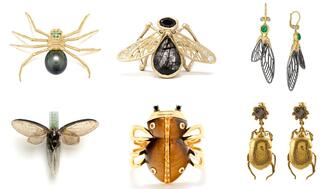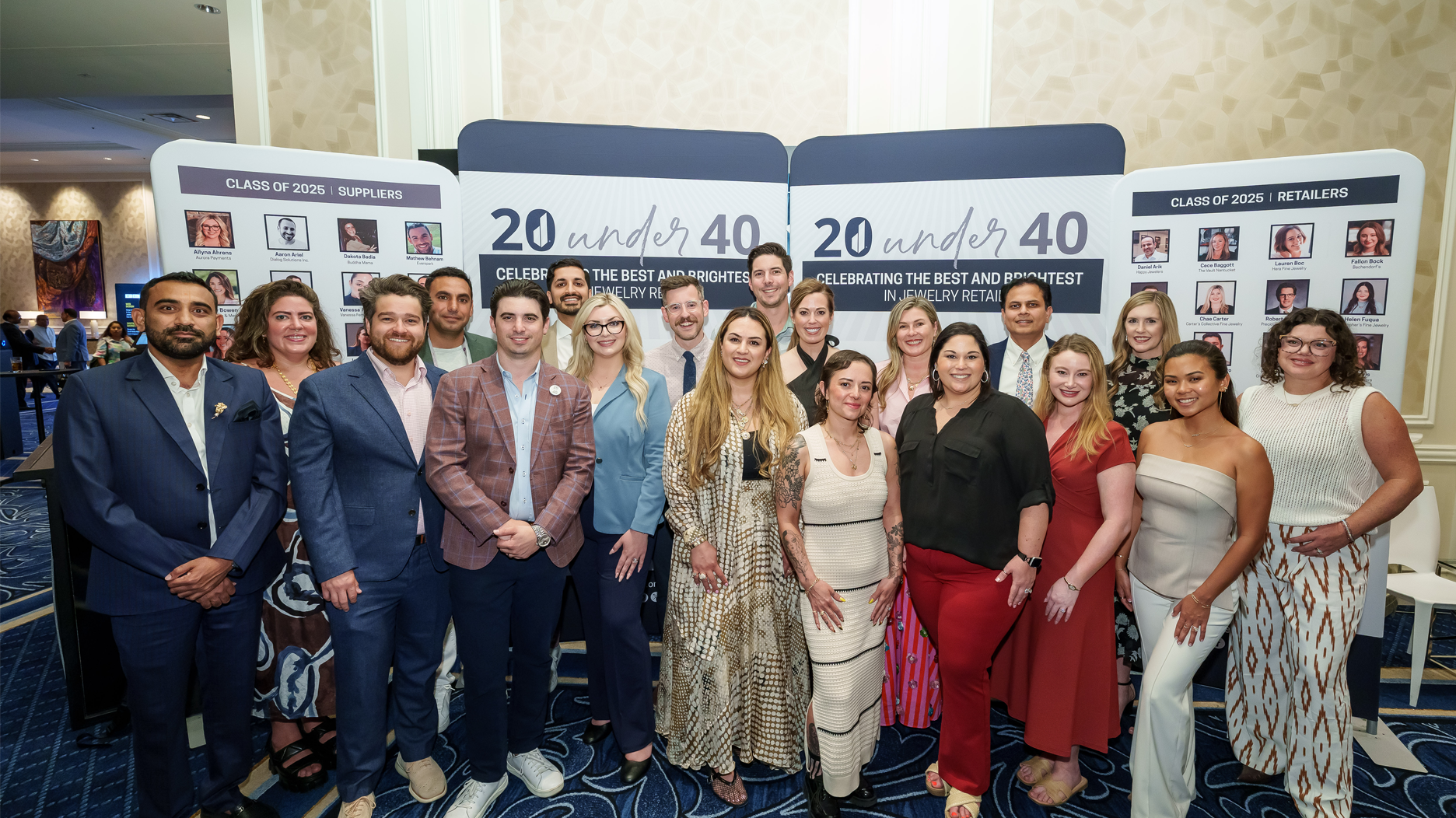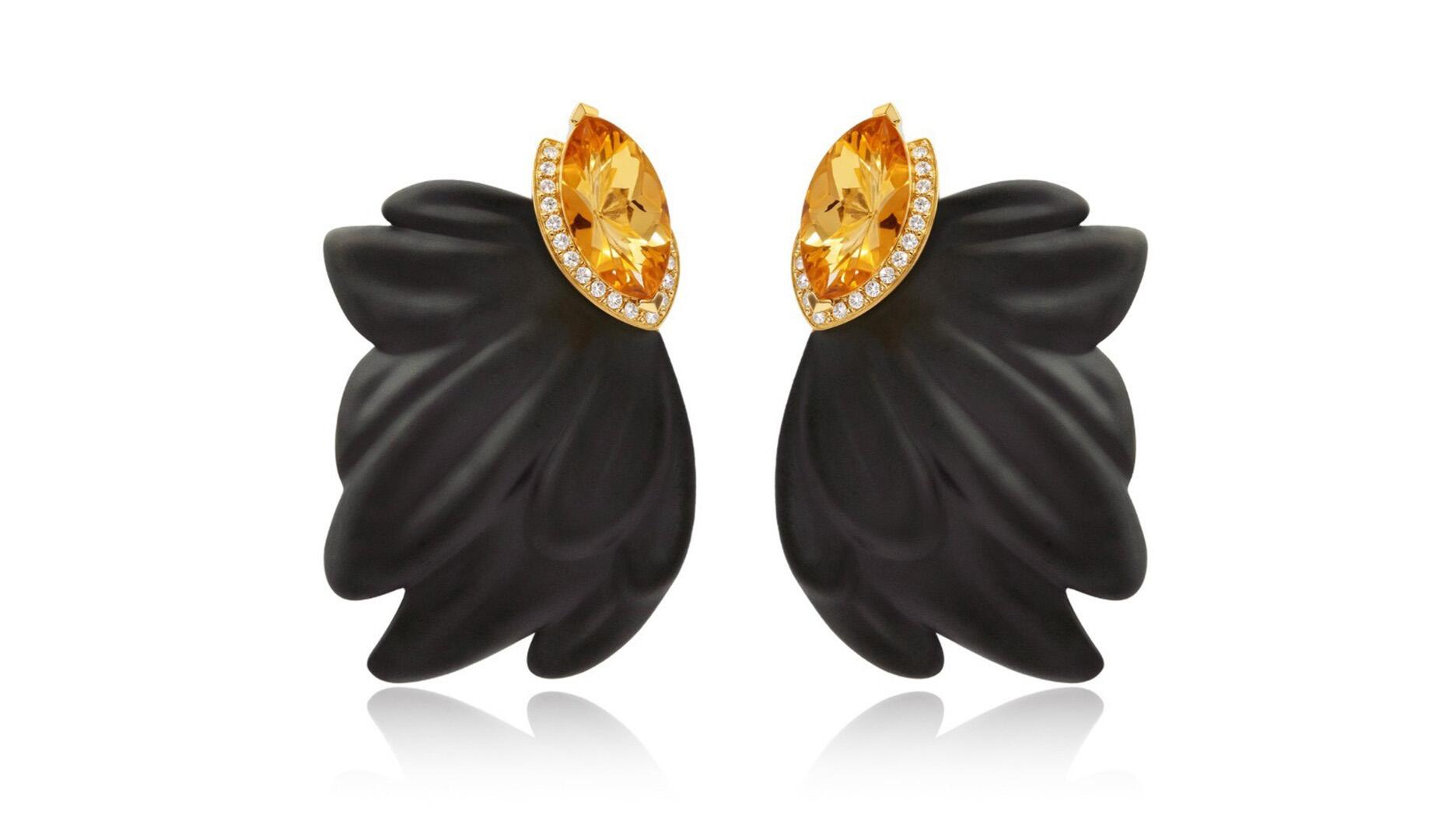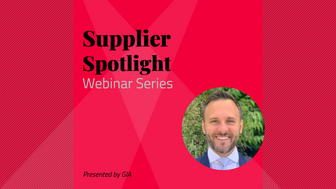This “Mother Father” spinner necklace from Heavenly Vices Fine Jewelry draws inspiration from Victorian Era jewelry.
3 Pieces with Judy Geib
Associate Editor Ashley Davis takes us into the studio of one of jewelry design’s most creative talents.

During a chat with Paul Schneider, owner of leading fine jewelry boutique Twist in Portland, Oregon, we chanced upon the subject of designer Judy Geib.
In detailing his love for Geib’s work, Paul explained to me that her oeuvre couldn’t be summed up with her imaginative, handmade jewelry; her art was also her joy for her craft, the way she lived, even the way she rode her bike to work.
When I visited Geib’s Brooklyn studio late last year, I understood exactly what Paul meant.
Geib’s workspace is in a magnificent converted factory along the border of Williamsburg and Bushwick; the kind of space that is becoming harder to find as the surrounding area is annihilated piece-by-piece to make way for pricey condos.
Every surface of Geib’s studio is covered in a medley of metals and gemstones. Sheets of gold are strewn haphazardly over bags of loose stones that monopolize the work tables. Tools of the trade mingle with emeralds, aquamarines, sapphires and random mementos like a broken kaleidoscope (more on that later).
A massive amethyst necklace begins to take shape atop slabs of marble next to a jotted-down recipe for Geib’s mother’s apple crisp. A fine gold dust seems to coat even the floor.
The studio is the ultimate work in progress, a perfect physical distillation of something rarely, if ever, captured--a designer’s mental processes and constructions.
The more I spoke with Geib about her work, the more I developed a sense that when she needed something specific cloaked in the apparent chaos of her studio, she knew exactly where to find it.
As I ask all subjects for this column to do, Geib chose three defining pieces of work that she has created since her start as a designer in 1996.
Below are her thoughts on what makes each one significant.
Judy Geib: In 2002 I made a filigree bracelet for a client and she said, “Will you make a pair of earrings that go with my bracelet the way you and your husband go together?”
When you melt gold it goes into a ball and I hammer it flat. It takes a lot of hammering.
I melted all the scraps from that filigree bracelet and pounded them into “squashes” to make those earrings for my client. I recycle all my gold
This bracelet is 18-karat gold but I also work with 22- or 24-karat; it depends.
My husband is a crazy guy. We’re opposites in a lot of ways, opposites who go together very well. He’s a writer, an activist, a philosopher, a reader. I’m a maker. But he’s playful, silly and serious. He’s also a great critic; he’s an honest critic of my work.
I think this piece is a touchstone for my method of working. I’m an improviser, and I try and explore things and figure out new ways to use things for myself in a way that excites me. I’m not saying I’m the first person who ever made a squash, but it works for me.
“Whenever I don’t know what to do, I make flowers.”It’s part of, I don’t know if I can say “philosophy of working,” but I try to use things for their own integrity and this is using the quality of the metal in a way that makes sense.
I remember there’s an artist named James Welling--he’s a photographer--and around 1980 I saw very graphic black-and-white images he made that were all big circles. It just made sense to me to put my squashes together that way.
I like different sizes of things; I like things to be random.
Mostly I liked that it was part of the process of using gold. It’s a comfort to know I can turn the scraps into something else.

Photo courtesy of ©Dirk Vandenberk
JG: The Kaleidoscope series came about because I happened to have a broken kaleidoscope sitting around in the studio, and I just happened to look at a desk filled with stones and then had the idea that I could make it.
Lots of my pieces are sort of medallions but to me the unfolding aspect, the way the kaleidoscope divides things up into pieces that run into each other, there’s something exciting about that. It implies movement.
I’d love to have 100 of these, all different. I love doing them but it takes a long time to fix on the combination of colors. You want to make something you’re going to love, and I’ve loved what I’ve made. There are false starts but at certain points it feels right and then you go ahead.
I go from idea to idea in my work. It doesn’t mean I abandon an idea when I go to something else, but I like it to have an idea behind it.
“It’s a comfort to know I can turn the scraps into something else.”
JG: I chose this necklace because the flowers and the filigree have been a thread that’s gone through my work the whole time.
I like to try new things but new things take a lot of thought to make them work. Whenever I don’t know what to do, I make flowers.
I just love making these. They’re flattened wire and putting them together is almost, I don’t want to say, meditative. They’re strong, playful and I can make a million different variations. They’re always evolving.
This necklace is from 2014 but I think the first ring I ever made when I was 5 was a flower.
I like the endless possibility.
The Latest
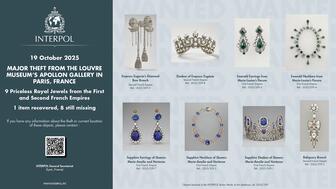
The suspects were rounded up in Paris and its suburbs on Wednesday night, but none of the stolen jewels were recovered with them.

Experts share top tips on how to encourage positive reviews and handle negative feedback.

Sponsored by the Gemological Institute of America

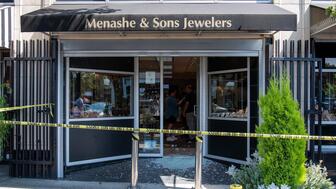
The suspect faces charges in the August robbery of Menashe & Sons Jewelers and is accused of committing smash and grabs at two pawn shops.

The “Lumière Fine” collection was born from designer Alison Chemla’s interest in the transformative power of light.
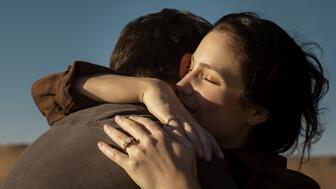
From sunlit whites to smoky whiskeys, introduce your clients to extraordinary diamonds in colors as unique as their love.
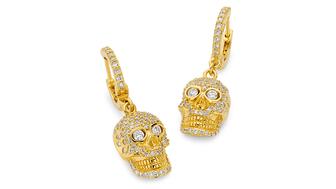
Show off your spooky side with these 12 festive jewels.
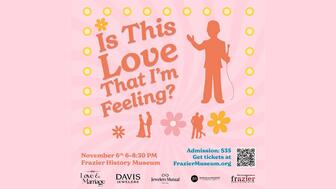
The “Brilliant & Beyond” panel coincides with the “Love & Marriage” exhibition curated by Davis Jewelers in Louisville, Kentucky.

Consumers are feeling more optimistic about their present situation while the short-term future remains a little scary.
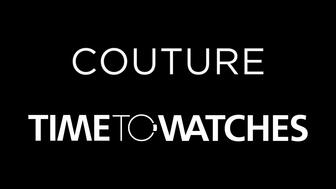
The company, which organizes a watch show in Geneva every spring, will bring a selection of watch brands to the 2026 Couture show in Vegas.
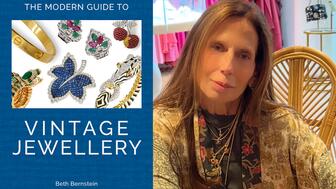
“The Modern Guide to Vintage Jewellery” follows the evolution of jewelry design from the ‘30s to the ‘80s with buying and styling advice.
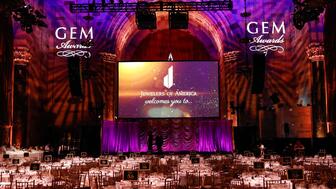
Notable jewelry designers, members of the press, and retailers are up for an award at next year’s gala.
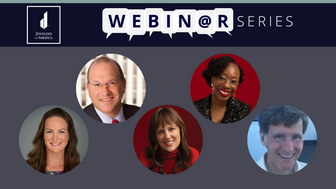
Leaders from Jewelers of America and National Jeweler discuss the gold price, tariffs, and more in this one-hour webinar.

After experiencing motherhood, growth, and loss, founder and designer Erin Sachse has created 10 irreplaceable jewels.
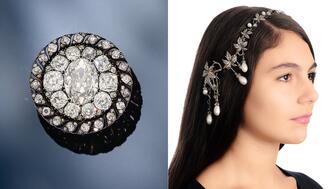
It is part of Sotheby’s “Royal & Noble Jewels” sale along with an ornate hair ornament and an old mine-cut light pink diamond ring.
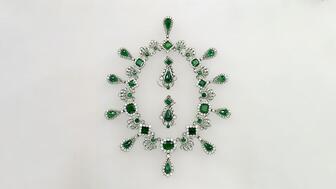
One of the individuals was apprehended at the airport as he was trying to flee the country.

The retailer, which has faced struggling sales in recent quarters, is looking to streamline its operations.
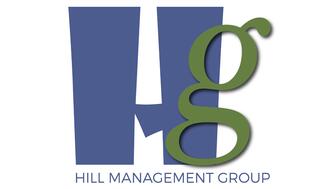
Hill Management Group will oversee, market, and produce next year’s spring show.
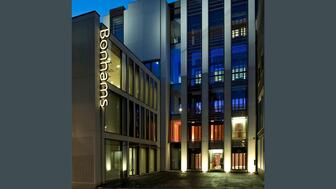
London-based investment firm Pemberton Asset Management acquired the auction house for an undisclosed amount.
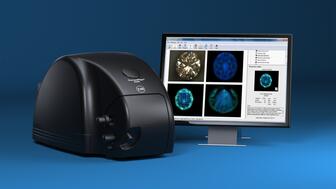
The workshop will give attendees the chance to try out and ask questions about three different diamond verification instruments.
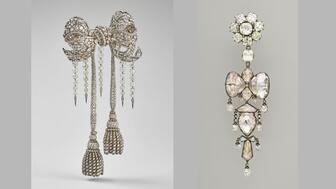
The footage shows two of the jewelry heist suspects descending from the second floor of the museum and then escaping via scooter.
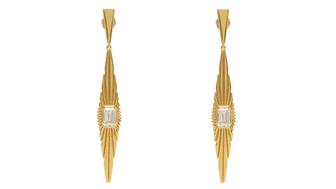
Founder and designer Rosanna Fiedler looked to a vintage Cartier clutch when designing the sunlight-inspired drop earrings.

The luxury conglomerates faced a challenging Q3 amid geopolitical and economic tensions.

The struggling diamond mining company, which owns the historic Cullinan mine, has launched a rights issue to raise about $25 million.
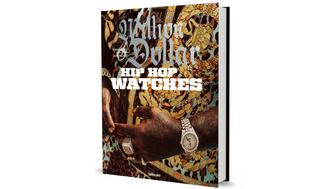
The book details the journey of watches as symbols of hard-earned success in hip-hop for artists like 2Pac, Jay-Z, and more.




